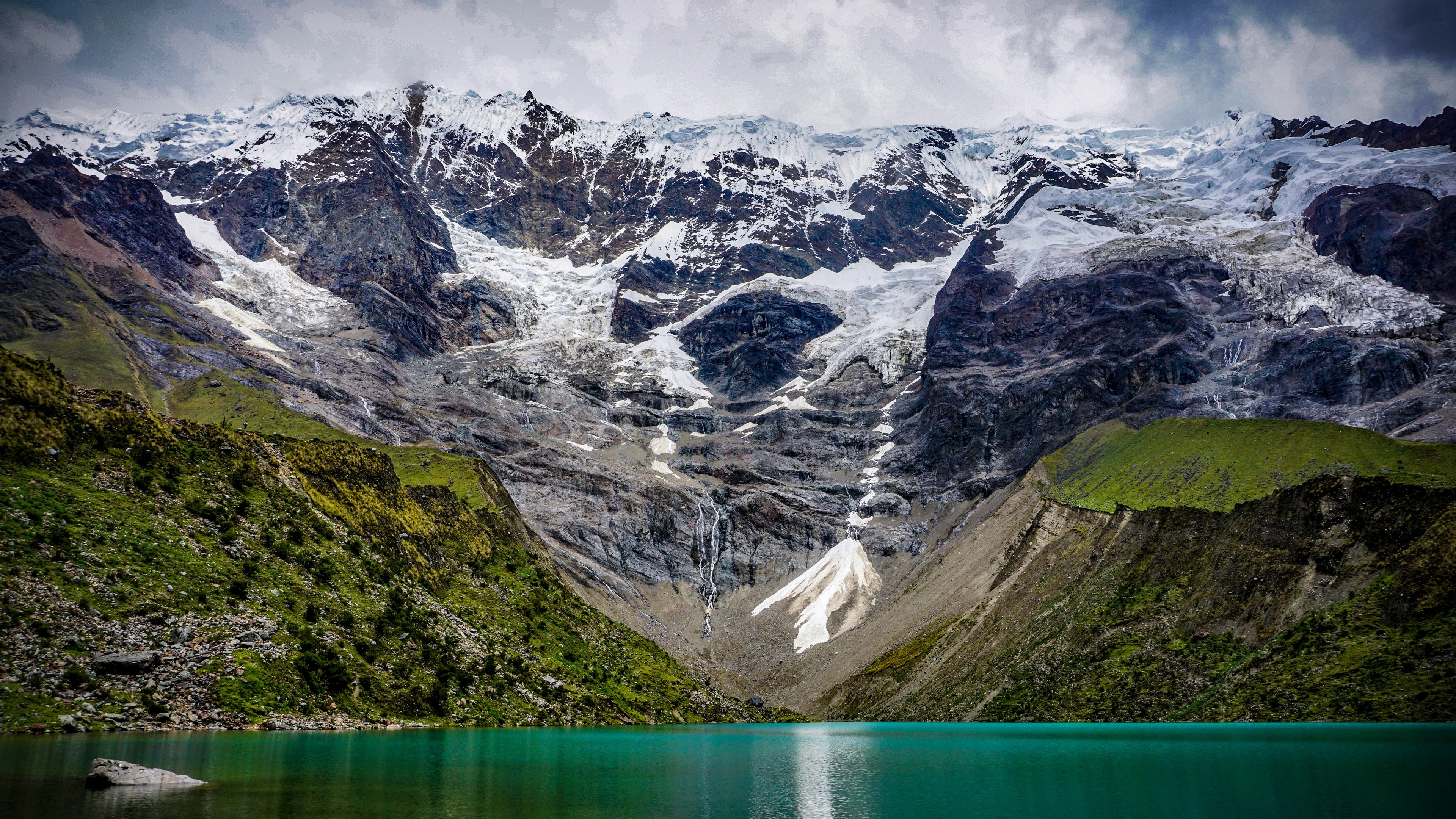Description
The Salkantay Trek has emerged as the premier alternative to the classic Inca Trail, offering a wilder, more physically demanding, and less crowded route to Machu Picchu. It is a journey of dramatic ecological transitions, beginning in the high, arid Andes and descending into the lush, humid cloud forest. The trail is named for the sacred Apu Salkantay ("Savage Mountain"), a massive, ice-clad peak that dominates the skyline for the first half of the trek and was revered by the Incas as a powerful deity.
The trek's unique appeal lies in this combination of raw alpine scenery and rich biodiversity. One day hikers are crossing a windswept 4,630-meter pass in the shadow of a glacier, and the next they are walking through coffee plantations and passion fruit orchards in the warm, subtropical jungle. This dramatic shift in landscape provides a more complete picture of the diverse environments the Inca Empire controlled. As a result of the Inca Trail's strict permit system and high demand, the Salkantay has become a vital alternative, ensuring that a challenging, multi-day trek to Machu Picchu remains accessible. It is longer, higher, and arguably more scenically diverse than its more famous counterpart.
Route
Loading map...
Elevation
Loading elevation chart...
Getting There & Back
The Salkantay Trek begins near the village of Mollepata, which is a 3-hour bus ride from the main hub city of Cusco, Peru. Most trekkers arrange the trek through a tour agency in Cusco, which handles all logistics, including transportation to the trailhead, accommodation, meals, and permits for Machu Picchu. The trek concludes in Aguas Calientes, the town at the base of Machu Picchu. From Aguas Calientes, a train returns hikers to Cusco, completing the circuit. This structure makes the logistics relatively simple for the trekker, provided they book with a reputable company.
Accommodation
Accommodation on the Salkantay Trek has evolved beyond traditional camping, with many operators offering unique "glamping" experiences.
- Sky Camp (Soraypampa): Glass-domed igloos located at the first campsite, allowing for spectacular views of the star-filled Andean sky and the surrounding snow-capped peaks of Humantay and Salkantay.
- Mountain Lodges of Peru: For a luxury experience, this company operates a series of high-end lodges along the route, complete with private rooms, jacuzzis, and gourmet cuisine, turning the rugged trek into a comfortable journey.
- Jungle Domes (Lucmabamba): Eco-friendly domes situated in the cloud forest on the latter part of the trek, offering an immersive experience in the lush, subtropical environment.



